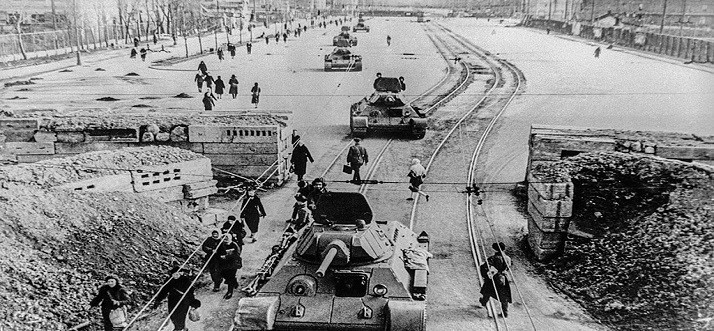When Germans encircled Leningrad (St. Petersburg) on September 8th, 1941 they planned to quickly freeze and starve the city. They had no idea the devastation and horror that the people of Leningrad would be willing to endure without ever giving in. The siege is one of the longest in history and one of the deadliest as well. Here are just a few things you might not know about the siege that devastated Soviet Union.
Leningrad Death Toll Over 1,000,000

The death toll from the siege of Leningrad varies anywhere from 600,000 to 2,000,000 but most put it closer to 1,500,000. That makes the siege ten times deadlier than either of the death tolls (on the first day) from the atomic bombs dropped on Japan. Many of the deaths occurred from starvation and freezing as many tried to survive in the surrounded city. But that was not the only thing that citizen of Leningrad had to fear. Many were also killed by the bombs that the Germans were frequently dropping on the besieged city.
There were attempts to evacuate Leningrad with as many as 1.4 million people being evacuated during three phases. The first wave was evacuated from June to August of 1941. Another evacuation was attempted of more than 650,000 civilians from September 1941 to April 1942 over lake Ladoga, on foot when frozen, on water craft when it wasn’t. A third was went from May to October of 1942 and was also utilizing lake Ladoga. The evacuations consisted of mostly women and children, but also included anyone that was considered to be essential to the war effort. However, the evacuations were not a guarantee of survival as many of those evacuated still lost their lives either due to bombings from the Germans or from succumbing to illness or starvation by the time they made it out of the city.
By the time the siege had ended only 700,000 of the 3 million citizens of Leningrad remained alive and in the city. All others had died or been evacuated. For the credit of the people of Leningrad, they never gave up and even as they were starving they did everything they could to help the army defeat the Germans.

